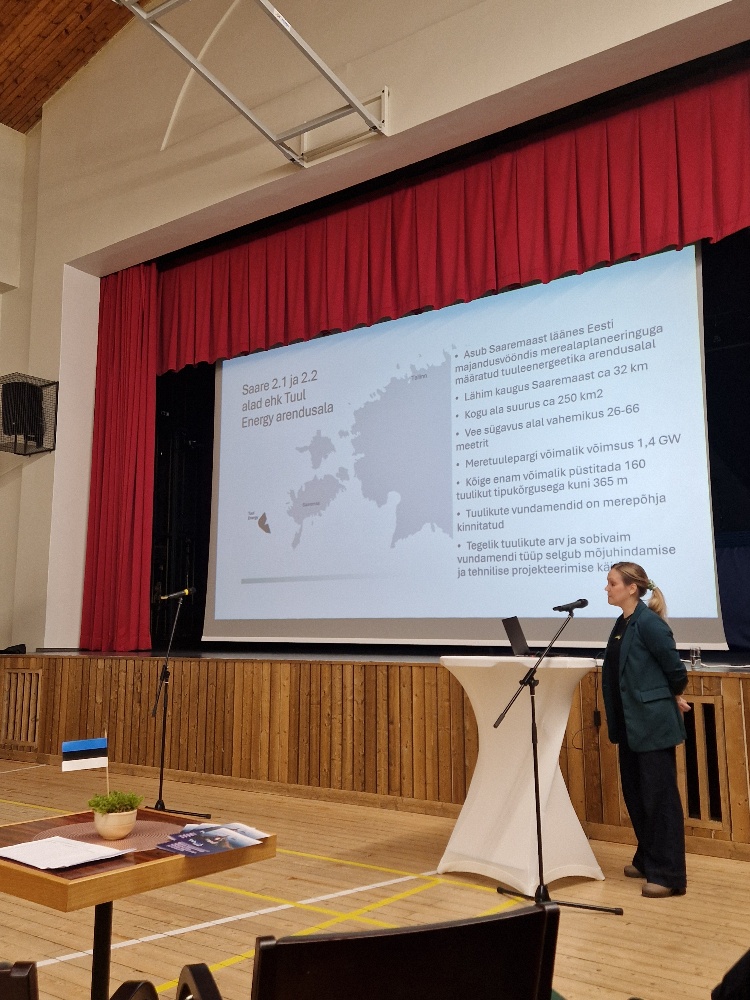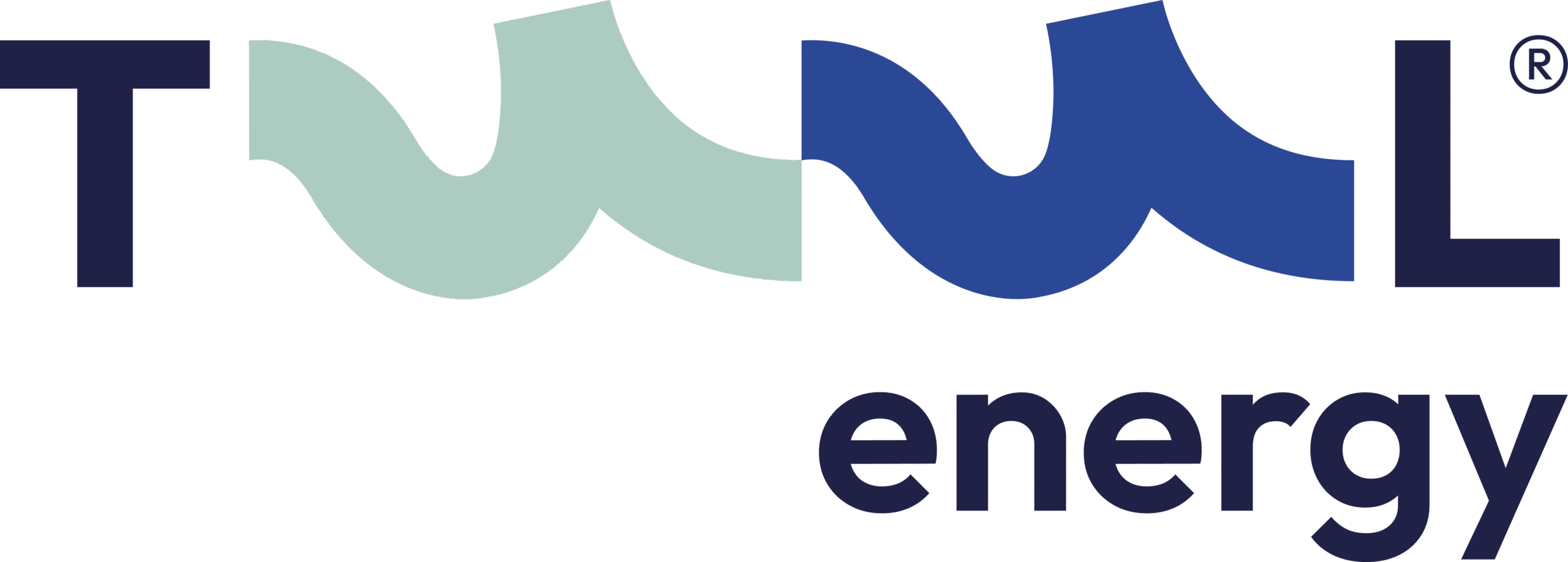Environment
Environmental Impact Assessment and related studies are crucial for ensuring that offshore wind park development is environmentally sound, socially responsible, and legally compliant.

Specifically:
Marine ecosystems are complex and sensitive, and construction activities (e.g., seabed disturbance, underwater noise, and ship traffic) can affect fishes, marine mammals, benthic habitats, and the water quality.
Bird migration routes over the Baltic Sea can intersect with wind farms. Studies help avoid or mitigate collision risks.
Fisheries and marine users must be considered to minimise conflict and support coexistence.
Cultural heritage and visual impact are relevant both under and above water, and may affect local perceptions and acceptance.
EIA enables early stakeholder involvement and informed decision-making based on scientific evidence and local knowledge.
It also ensures compliance with EU and Estonian environmental legislation, including biodiversity protection and marine spatial planning requirements.
EIA Program
The Environmental Impact Assessment (EIA) program helps identify, assess, and mitigate potential impacts on marine ecosystems, bird migration routes, fisheries, shipping routes, cultural heritage, and the visual landscape.
The program also provides a transparent foundation for engaging stakeholders early in the process, ensuring that local knowledge and concerns are integrated into planning and decision-making.
Key steps of the environmental process
- Conducting detailed environmental studies (e.g. on seabed conditions, marine species, birds, noise impact)
- Engagement with local communities, scientists, and other stakeholders to collect input and feedback.
- Preparing the full Environmental Impact Assessment report, based on the findings of the EIA program.
- Developing mitigation measures to avoid, then reduce, and if necessary compensate any potential environmental impacts.
- Submitting documentation to authorities for approval and public consultation.

